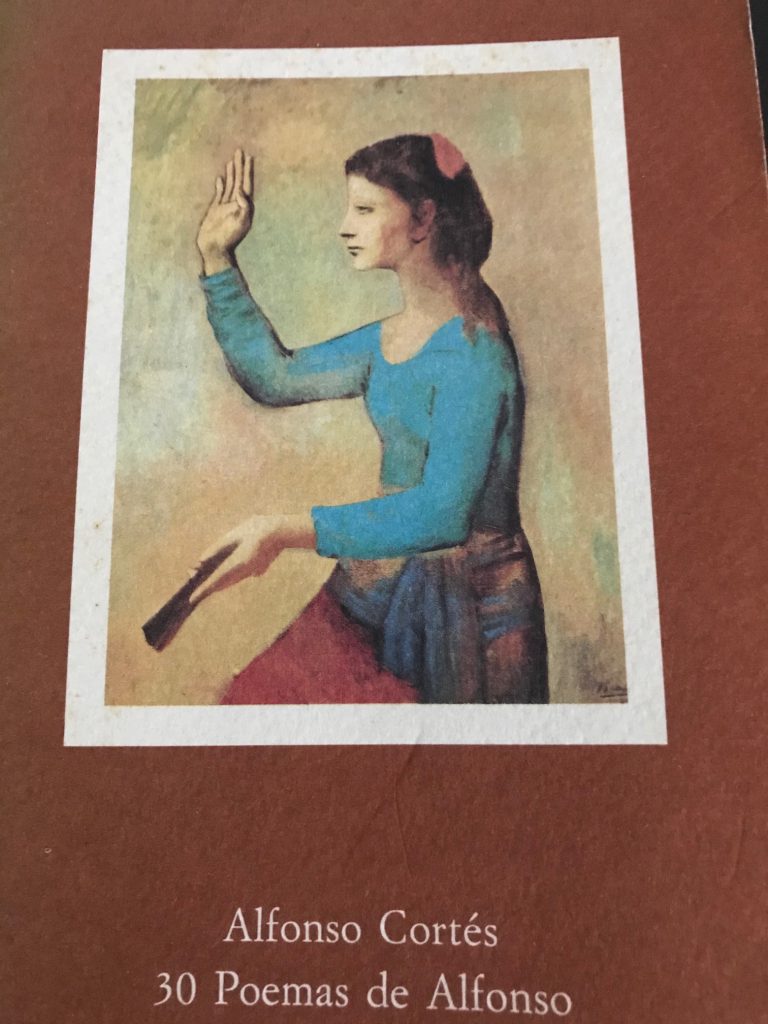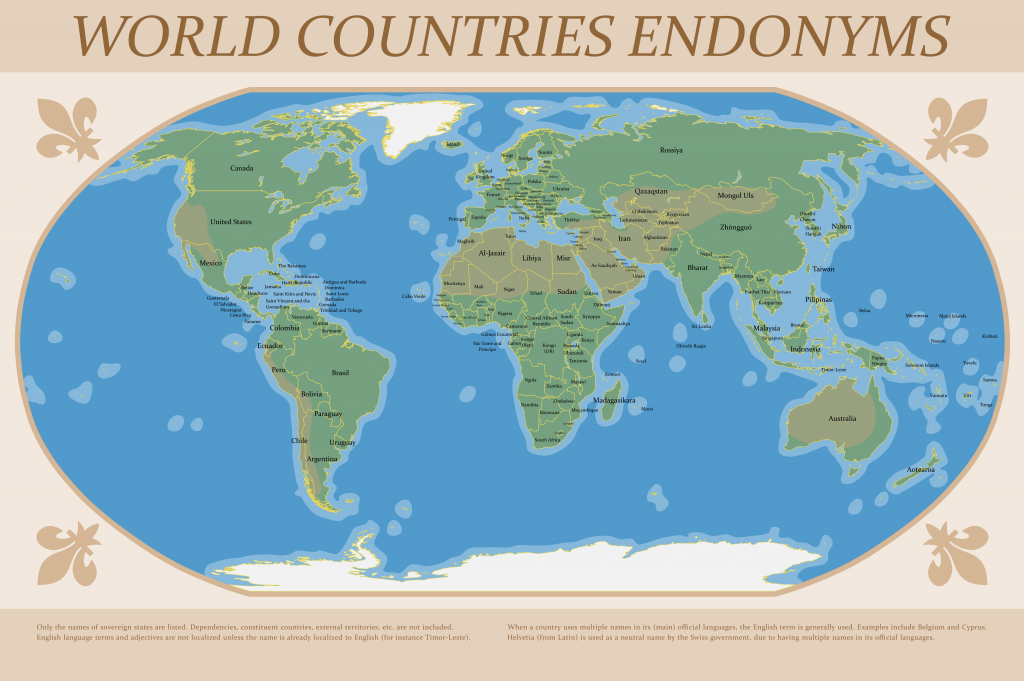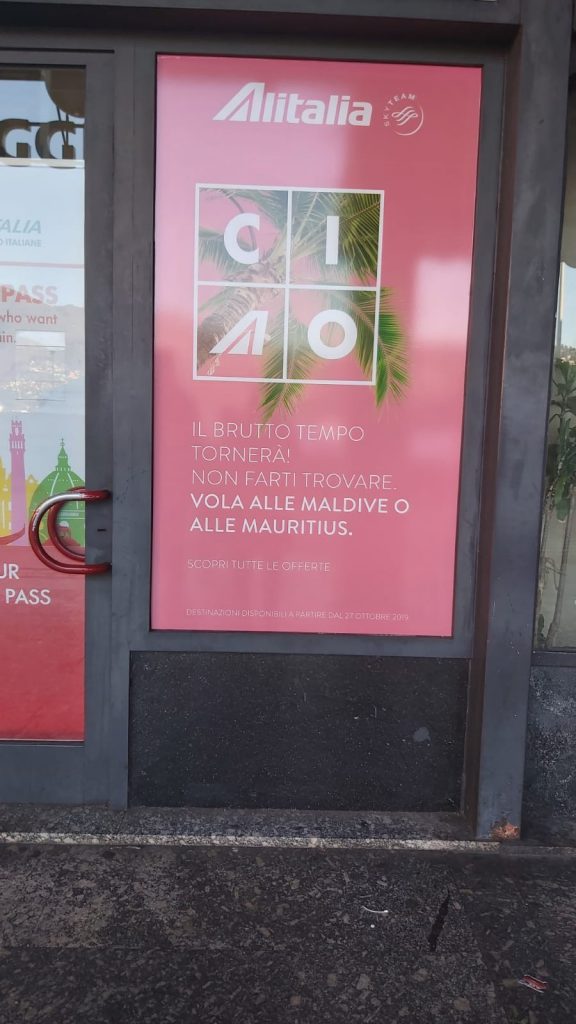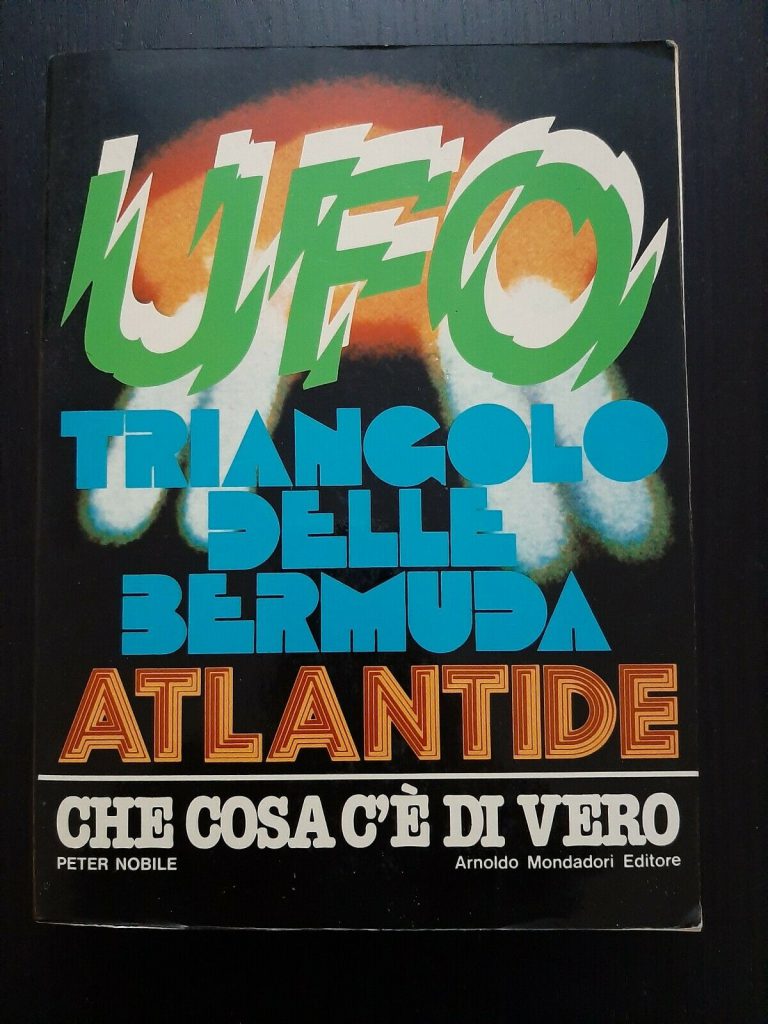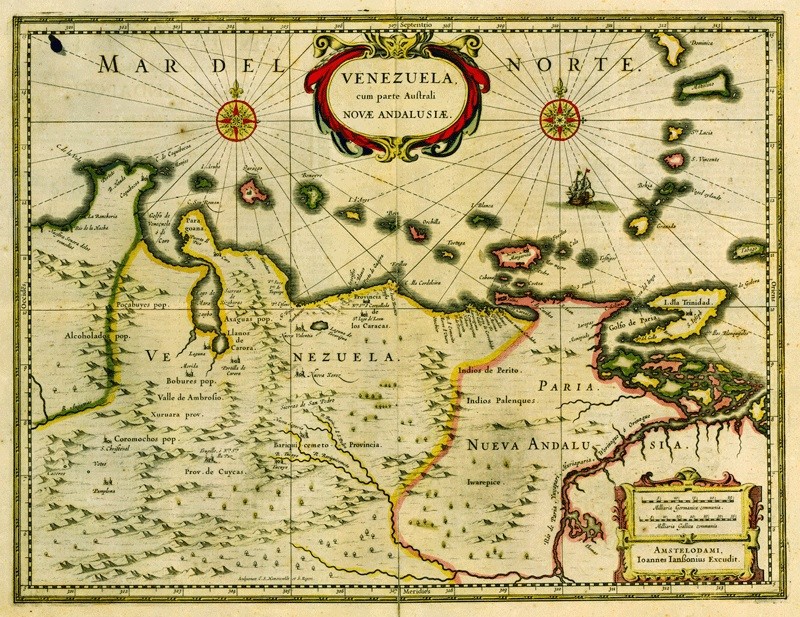It is interesting to note how languages may differ even in their more tangible form, like materials used or layout. Not just in terms of actual content.
Blue plaques are ubiquitous in London and other parts of the UK. They are part of British culture and its smart way of stylishly celebrating its heritage. They are blue, an unoffending color, which sets off the white letters and numbers quite nicely. They are modern-looking, unassuming yet eye-catching.

Things are quite different in Italy. And tellingly so. There are no blue plaques to rivet your gaze or pique your curiosity. That’s because Italy, in its cloyingly pompous and bureaucratic style, has opted for the austere-looking beige slab of marble. To match the equally drab street signs. Nothing stands out to help tourists or passersby pause and reminisce. Indeed, over time, these slabs tend to turn sooty and gray and the chiseled letters become harder to make out.

In addition to their headstone resemblance, the Italian targa commermorativa tends to come across as officious with its use of escutcheons and heraldic charges. It speaks – like a gravestone – of a past that has ceased to be. And dust and soot will take care of the rest.











